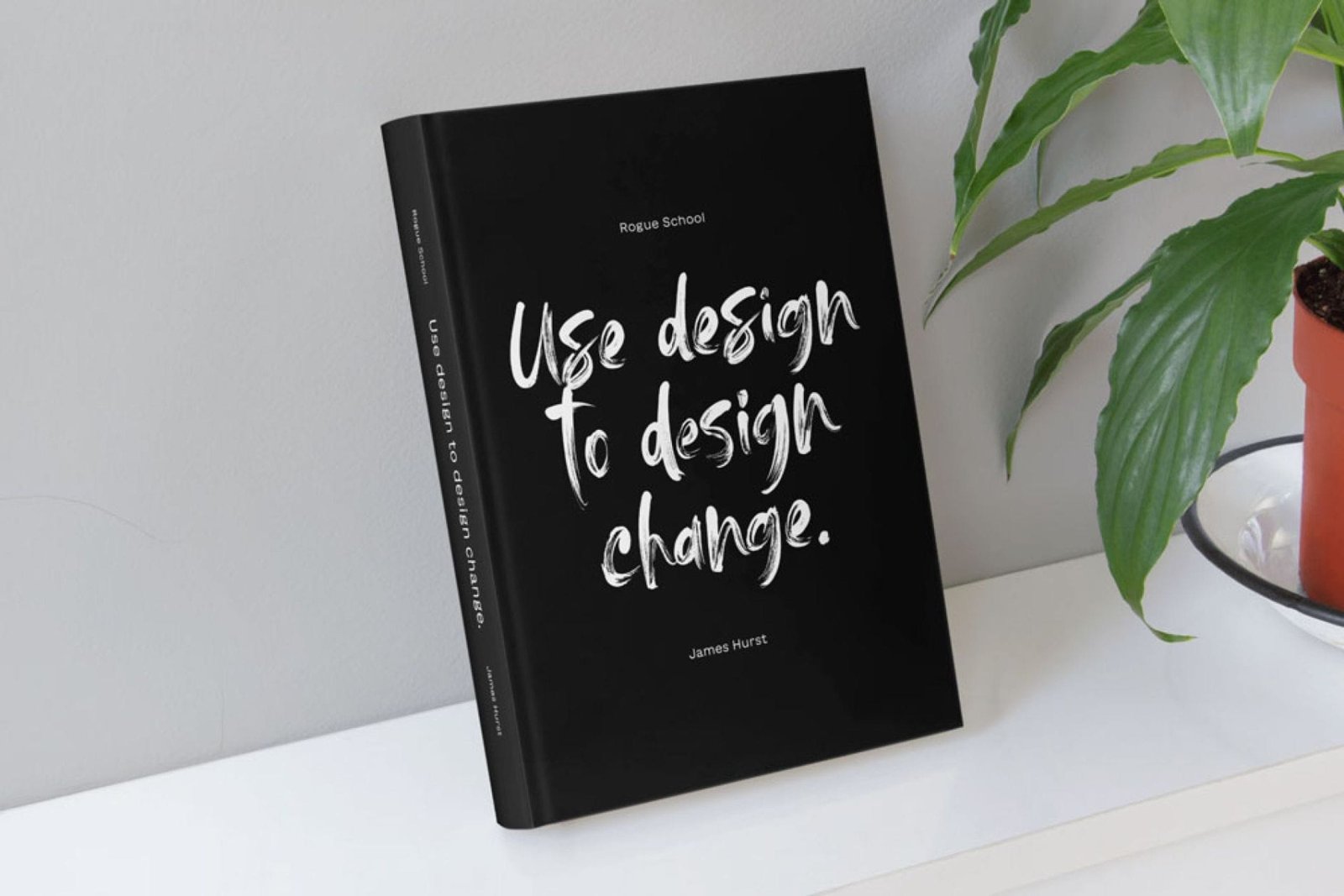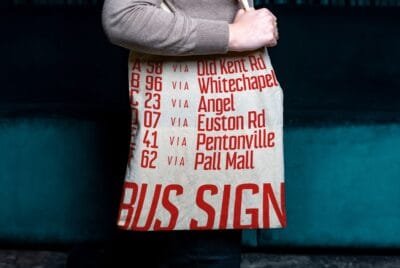James Hurst’s Use Design To Design Change redefines branding and design as more than just aesthetics—it’s a strategic engine for businesses. In its second edition, this book blends practical tools with fresh insights, urging brand leaders to see graphic design and branding as an operating system that drives decisions, not just a logo or color scheme.
Hurst, a seasoned design expert, first wrote the book after a biking accident, which gave him time to reflect on his decades of experience. “Brands aren’t just visual identity,” he asserts. “They’re frameworks that shape strategy and relationships.” This edition dives deeper, exploring how branding intersects with cultural movements like sustainability, AI, and politics, offering an evolved perspective on its role in a shifting world.
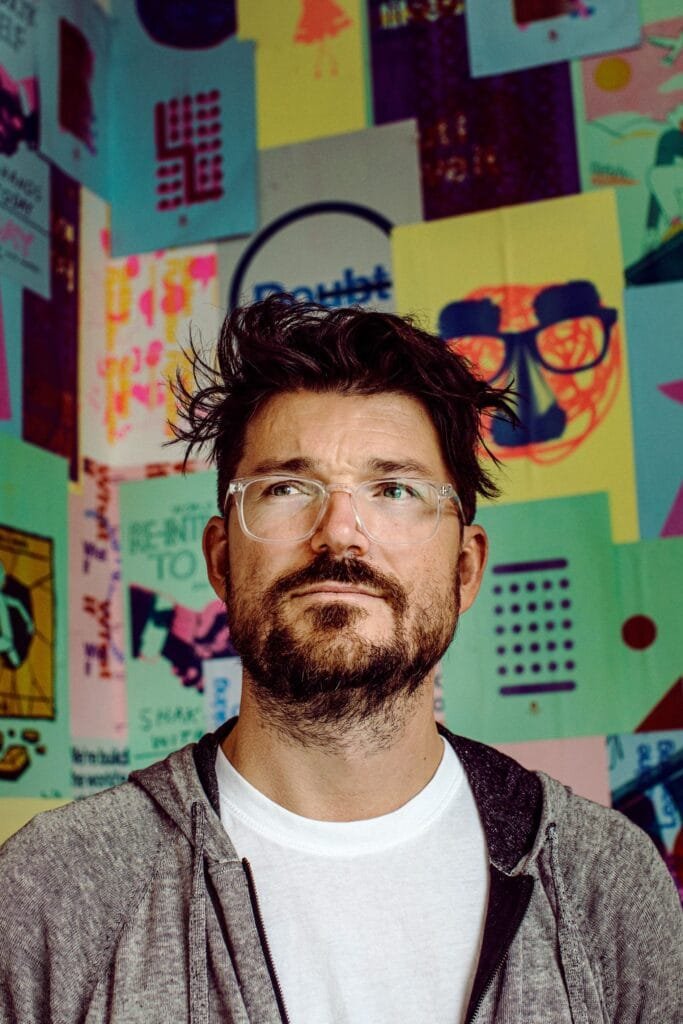
Branding as a Force for Transformation
At its core, Hurst’s philosophy positions branding as a tool for purposeful change. His Launch, Scale, Adapt framework highlights key growth stages: starting bold with limited resources, expanding authentically, and evolving even as an established name. “It’s not a straight line,” he notes, suggesting lessons from Adapt can fuel a fledgling project. This strategic lens sets his work apart from traditional design manuals.
Hurst also tackles industry myths head-on. He rejects the idea that branding must lean solely on data, championing intuitive leaps instead. “Trust a bold idea over endless metrics,” he advises. He also dismisses the “Unattainable Triangle”—quality, cost, speed—arguing modern tools let brands achieve all three.
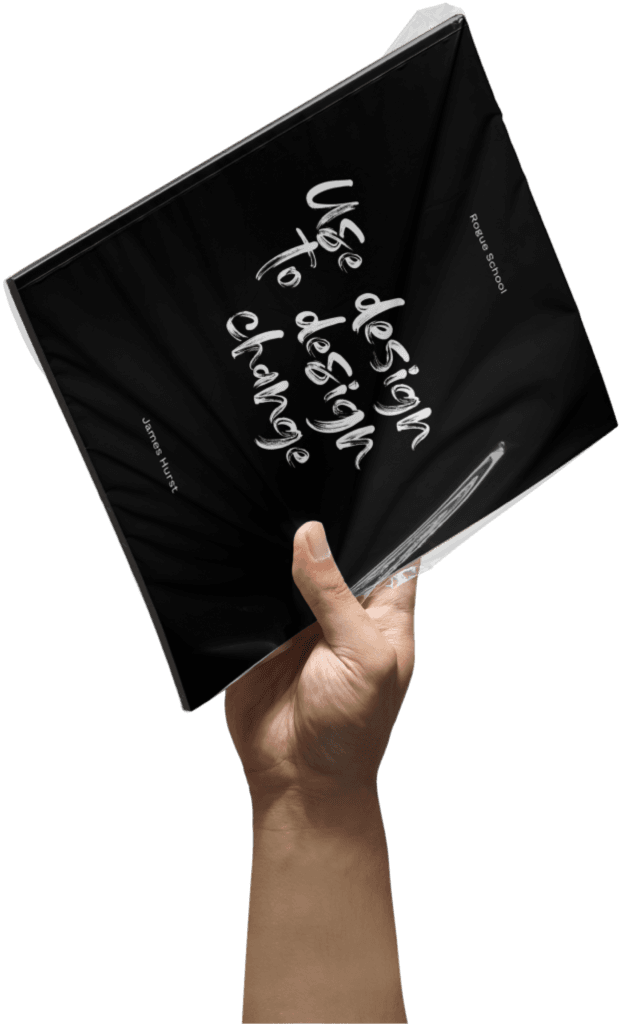
Storytelling: The Heart of Connection
For Hurst, examples of storytelling are vital to branding’s success. He believes a brand’s narrative should be as unique as its visual identity, not a generic buzzword list. “Stories connect on a human level,” he says, pointing to Patagonia, which made Earth its sole shareholder, and TOMS, which shifted from gifting shoes to sharing profits. Both show how purpose-driven tales sustain integrity amid change.
He also pushes “lazy listening”—tuning into casual chatter over polished reports. This organic feedback, from social media to coffee shop gripes, often reveals more than formal data ever could.
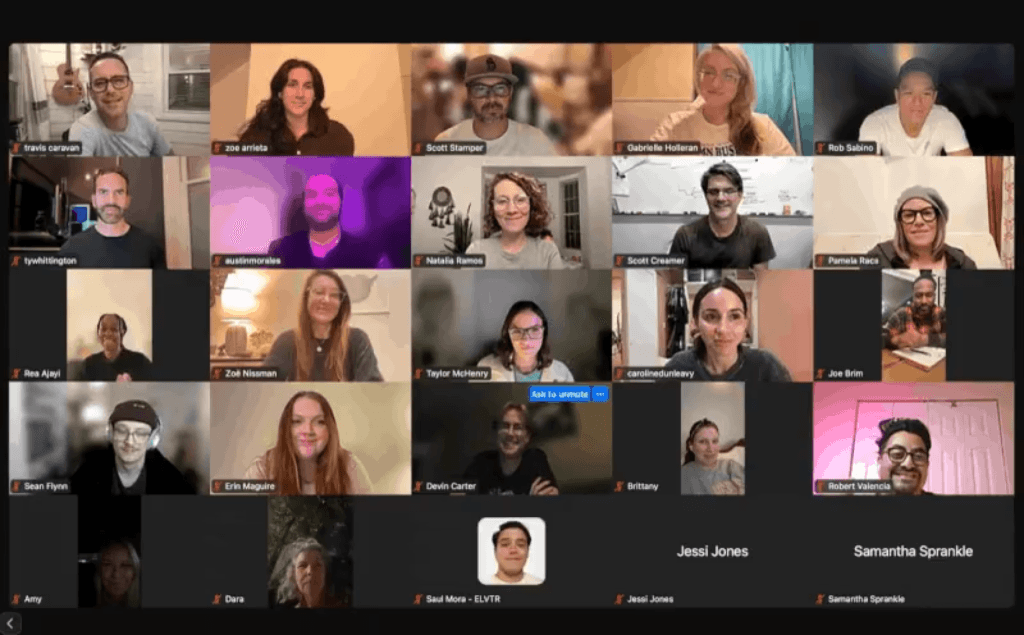
A Toolkit for Today’s Brand Builders
Use Design To Design Change doubles as a hands-on guide. Beyond its thoughtful narrative, it offers exercises like the Five Whys—digging past surface answers to uncover a brand’s true “why.” Hurst keeps it alive through Rogue School’s online resources and workshops like First Things Club in San Francisco, plus an upcoming AI-focused course.
Writing this edition wasn’t easy. Hurst grappled with refining his ideas, constantly rethinking old assumptions. “It’s a journey of re-examination,” he admits. Yet that’s his key takeaway: branding never stands still. It evolves with cultural movements—like the circular economy he ties to the Ellen MacArthur Foundation—demanding continuous learning.

Why It Matters
Hurst’s work is a call to action for designers and entrepreneurs. By blending graphic design and branding with purpose, he offers a roadmap for staying relevant in a world of flux. Start with “why,” he suggests, and let that guide every choice. In an era of tech and climate challenges, Use Design To Design Change proves branding isn’t just decoration—it’s a catalyst for impact.
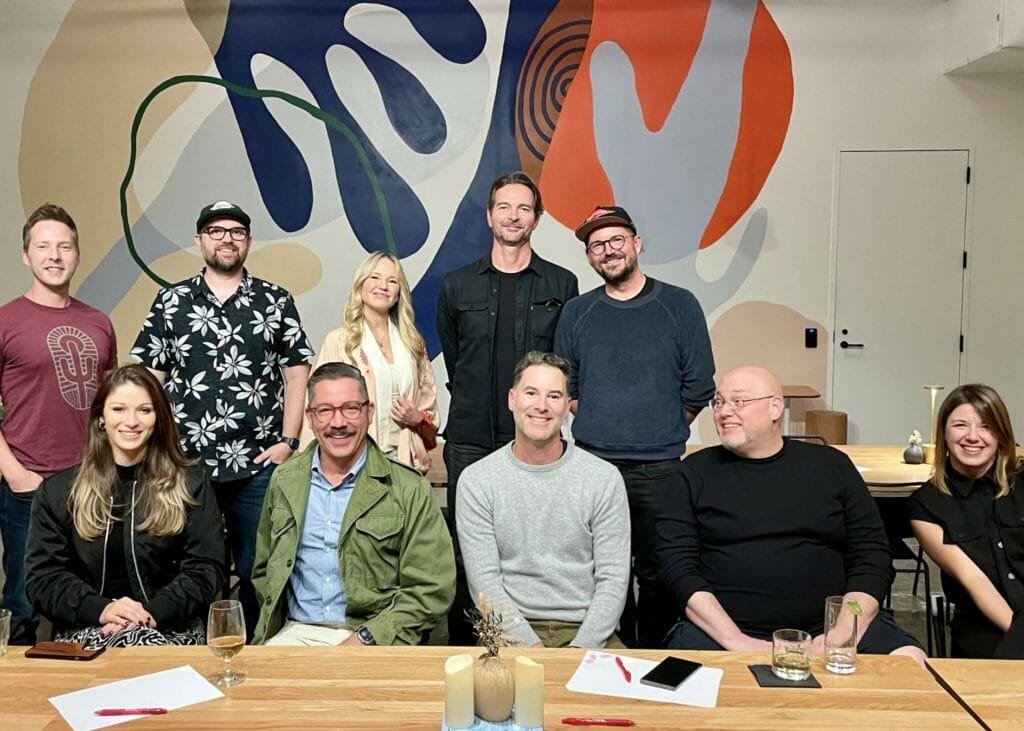
get more info related to branding at Brandlic


